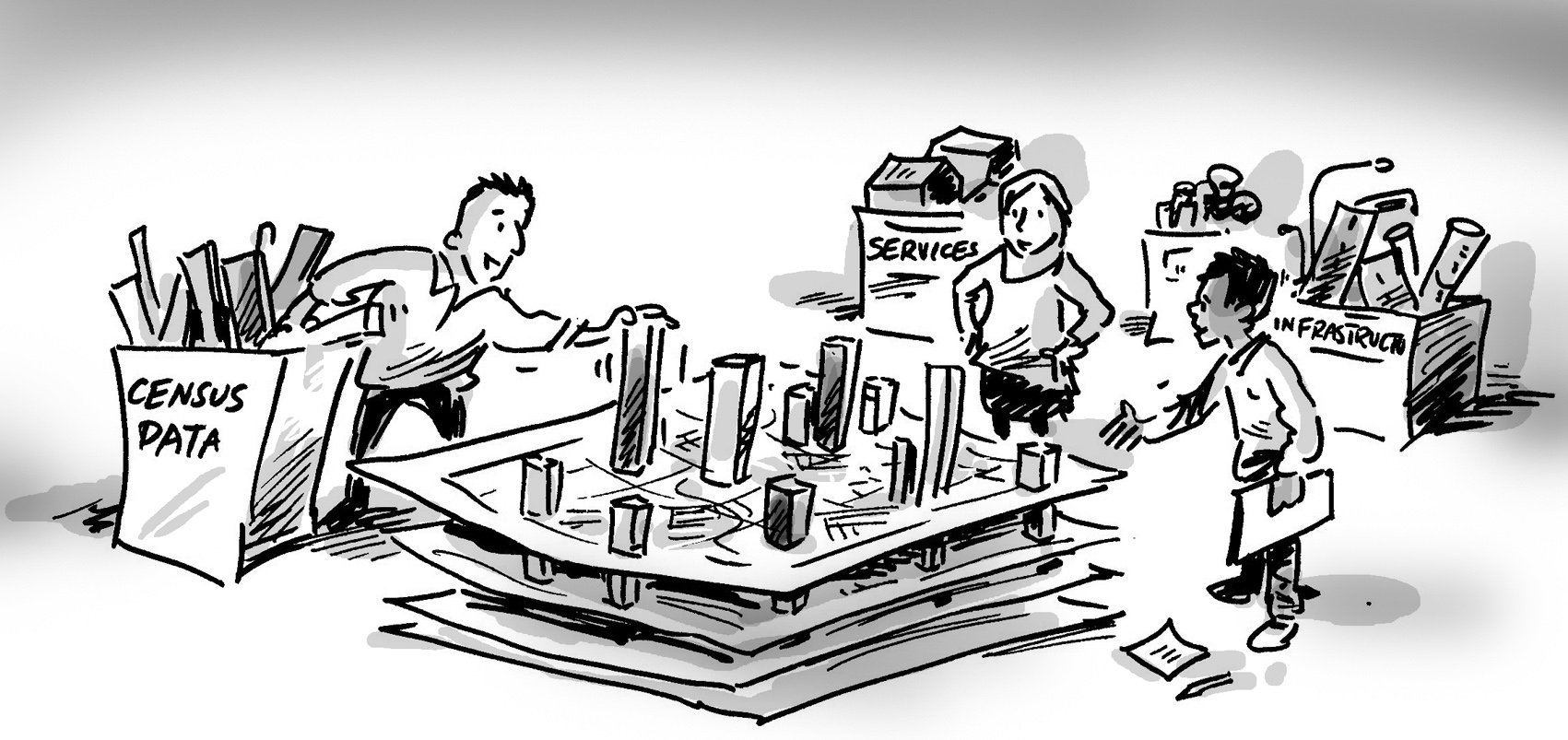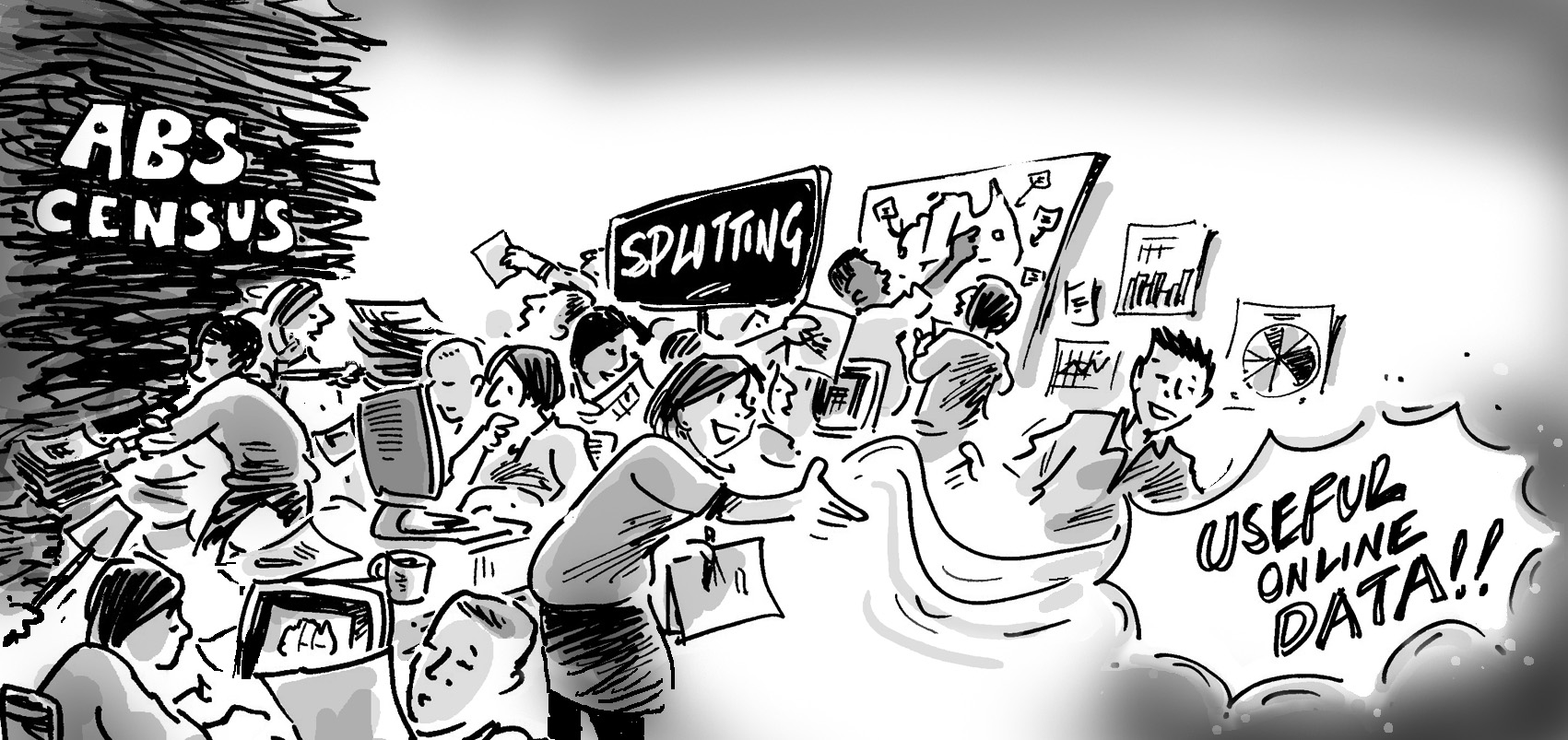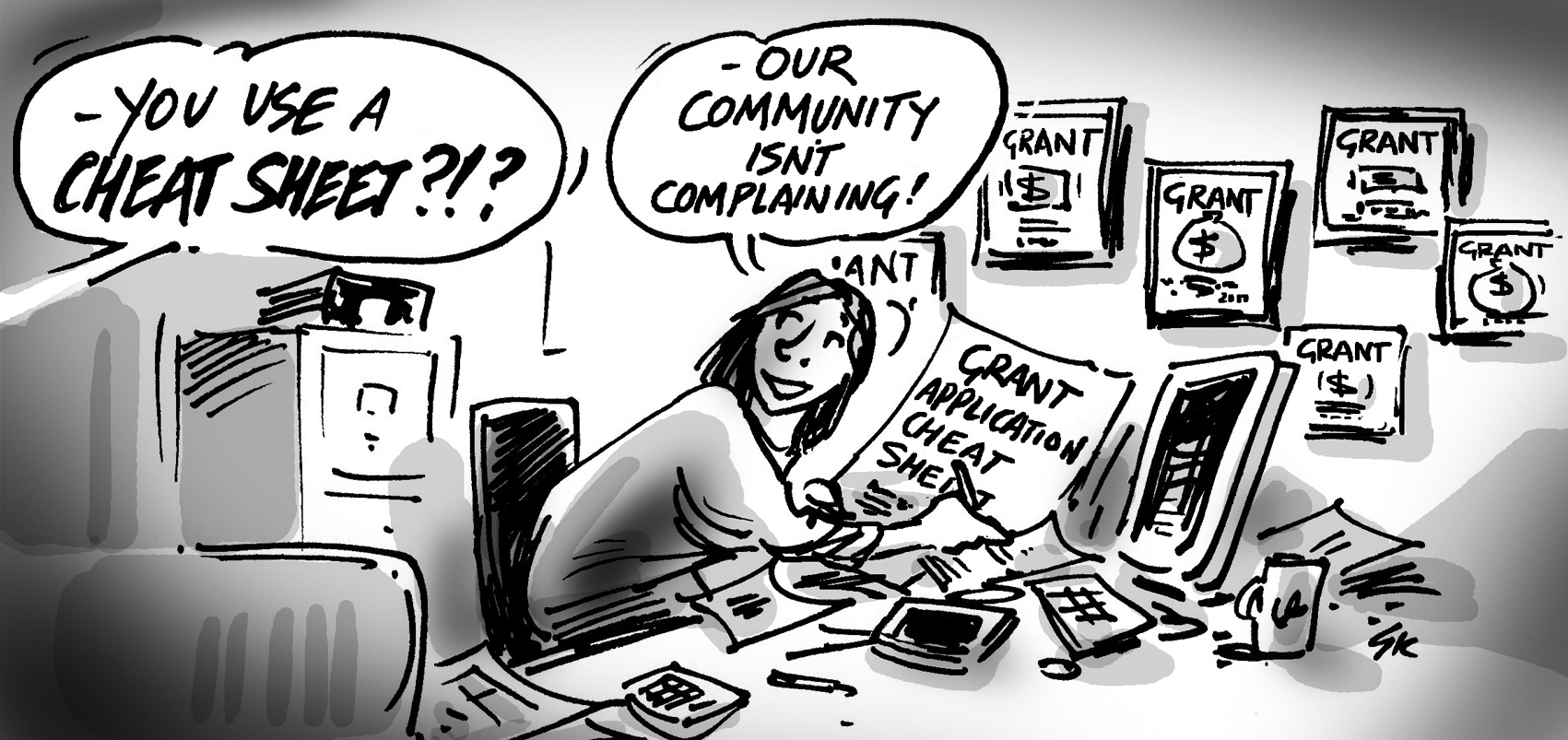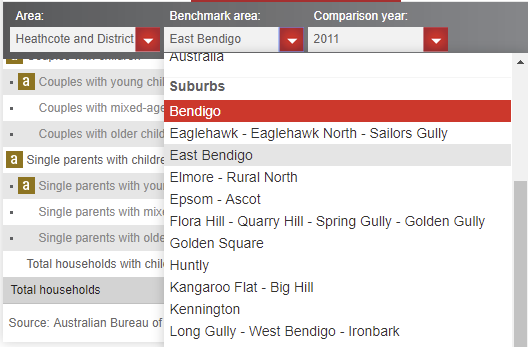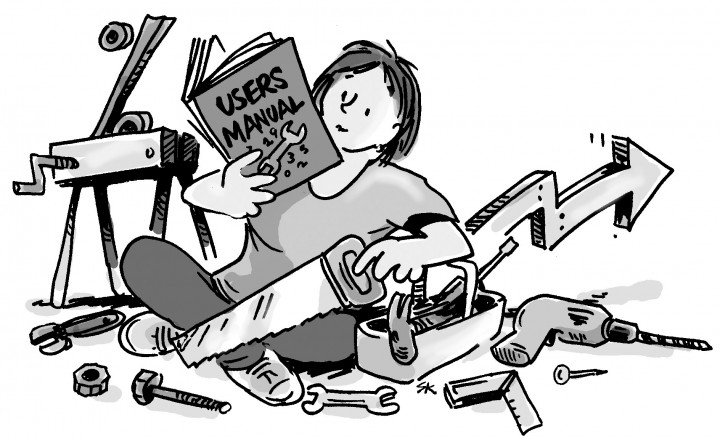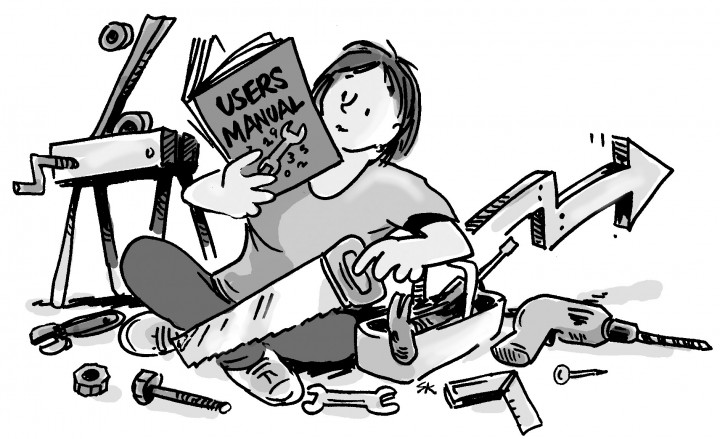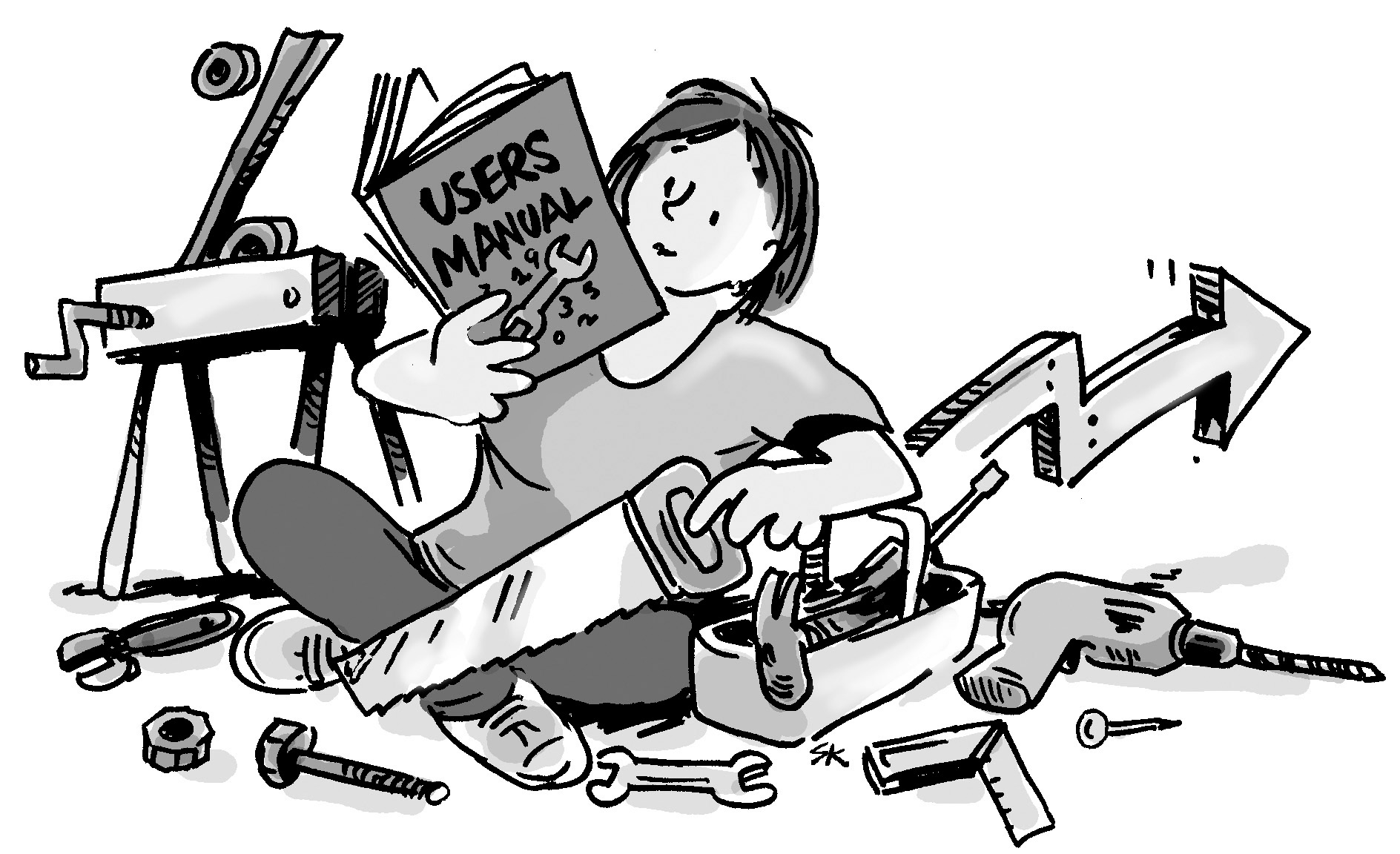How to
A different type of house price update
Everyone loves keeping up with and discussing housing prices. But most conversations focus on high-level median figures. In this blog, Georgia demonstrates the importance of understanding entry-level prices, both regionally and at a...
New insights on housing affordability for local workers
Do you know whether workers in your area can afford to live locally? It's an important question to answer, which is why we're excited to launch a new page on our housing monitor, housing.id, which does just...
Grunt work and granularity required in grant proposals
Is your council taking advantage of State and Federal grant opportunities? Nenad uses the current Thriving Suburbs Program as an example to demonstrate how councils can use .id tools to support grant...
Helping Councils improve key worker housing affordability
Housing affordability is a common topic of conversation across Australia. Taking the case study of Regional Victoria, Nenad takes a look at how rising housing costs impacts an area’s ability to attract and...
Understanding demographics is key to helping communities facing barriers
With the recent release of 2021 SEIFA data, local governments in Australia now have a complete range of powerful demographic and socioeconomic information from the 2021 Census to use when assessing the...
Planning for future school demand
Understanding your future population ensures appropriate resource allocation. One recent example we can share with you is of a local government area (LGA) needing to understand how their population will change...
Common mistakes in demographic analysis
We often write blogs that give context to data, so you can clearly understand how its collection, coding and manipulation impacts your analysis and the conclusion of your research. In this piece, Glenn...
Applying for funding? Here’s a free step-by-step grant application guide.
Have you started writing a funding submission, but quickly ground to a halt? In this post, we share a simple guide with step-by-step instructions on how to structure your submission, where to find the right...
Benchmark thy neighbour: comparing between suburbs in community profile
Benchmark thy neighbour Many of you told us you wanted to compare between suburbs, small areas or districts within your LGA.
Tips and tricks to understanding Census data: how to visualise a story
Let’s face it, analysing and managing Census data can be a complex beast. At .id, we invest a huge amount of time understanding and applying Census data, so we thought we’d share some of our secrets to help...
Understanding places: How to tell a demographic story
Australia is a diverse country which varies greatly from state to state, suburb to suburb and even between neighbouring neighbourhoods. One way of understanding a place and the people who live there is to use...
Lessons we learned from the Building Better Regions Fund
We first published this blog in 2017, just after we had finished working with a number of local councils to help them secure funding for local community development projects. Reflecting on the submissions that...
Managing changes to 2016 Census data: interpreting perturbation and additivity
With recent changes to the way the ABS processed some of the 2016 Census data, we thought we’d give you an overview of the changes and things to consider so you can best analyse Census information. In short,...
Our first Census update is live!
Stop the clock! Just ten days after the 2016 Census data landed in our building, we’ve released the first update to your community profile tool!
How to profile your local community like a pro
With the 2016 Australian Census results due to be released over the coming months, we thought we’d write about how you can get the most out of the new Census data using .id’s online community tools and...
Should I use enumerated data, usual residence data or estimated resident population?
At .id, we are excited about the upcoming releases of 2016 Australian Census data #datanerds. To help you make the most out of the new data when it lands, we are putting together a series of blogs to guide you...
How to create your own population pyramid
Everyone loves population pyramids. They are one of the most recognized demographic graphs and a really easy way to show the age and sex composition of a population. Most people would know that if it is pyramid...
How to calculate the economic impact of running an event
Events are very important contributors to local and regional economies. A successful well run event can provide significant value to an area by adding jobs and money to the local economy and providing cultural...
Converting .id PDF reports to Word format
Like most users of .id online demographic and economic profile tools, if you have been using the new reports feature, you’ll know it’s a great way to quickly make professional, informative reports on a range of...
How to calculate the median weekly personal income?
Something we get asked for a lot here at .id is median weekly personal income.
National demographic indicators – where does your area rank?
.id is proud to announce the launch of our National Demographic Indicators Series (NDIS).





